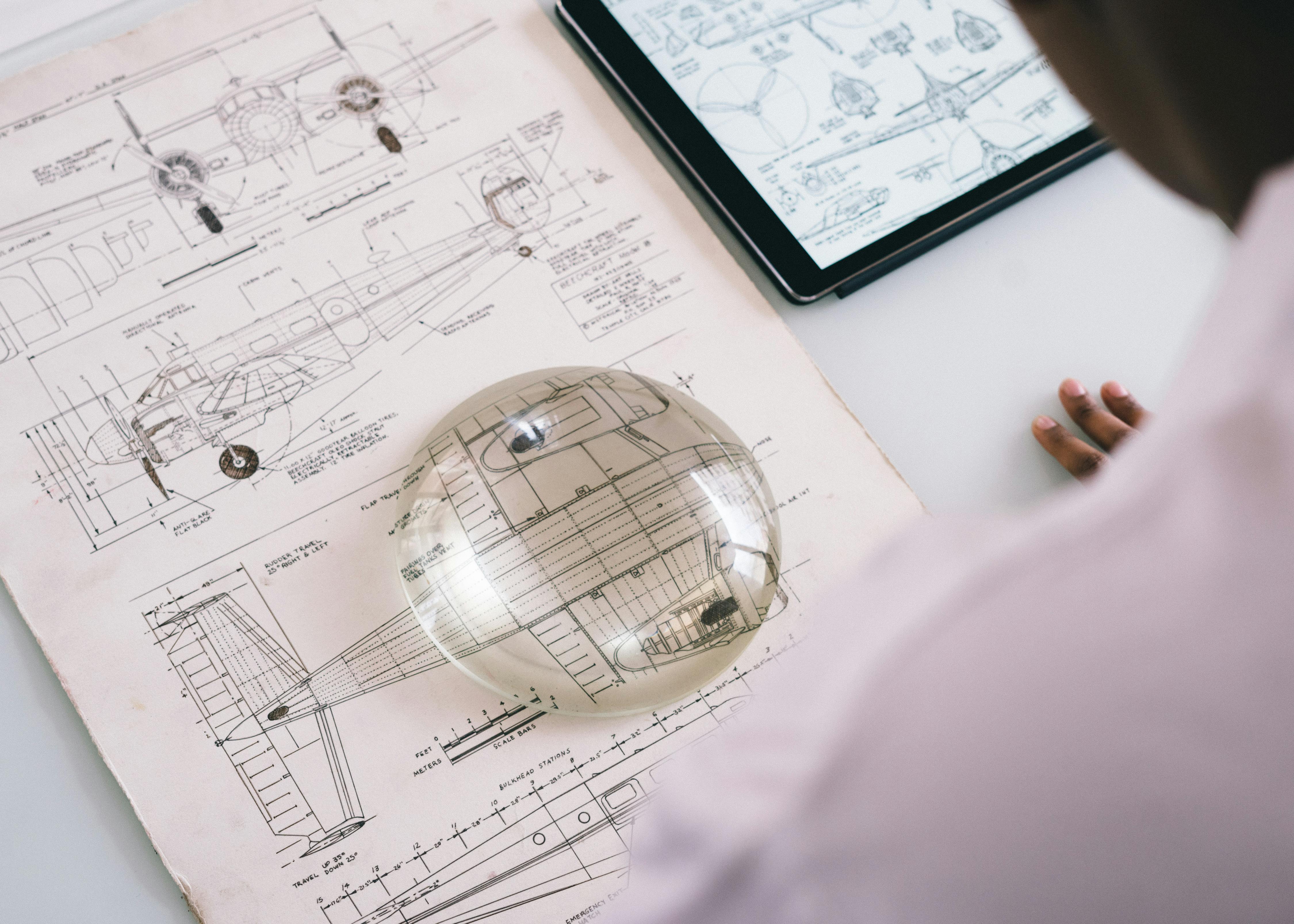
Health & Safety
- Reduction of solvent emission
- Regulation: reduction and final removal of strontium chromates as corrosion inhibitor
- Limitation of other dangerous substance
The airframe and load-bearing components, such as stringers, form the core structural elements of an aircraft. These structural parts are primarily hidden and difficult to access, making long-term durability essential. These parts require corrosion protection that lasts over 30 years and against various environmental stresses. Therefore, structural coating systems play a crucial role in ensuring the safety entire aircraft.
Painting structural parts maintains protection that is required from various threats to aircraft materials. Metallic parts need safeguarding against corrosion, while exposure to hydraulic fluids such as Skydrol and engine oil must also be mitigated. Composite materials require protection from humidity as well as from UV rays to maintain their performance over time.




AkzoNobel provides high-performance coatings for metal structures worldwide, protecting them from corrosion and weathering. Pretreatments play a critical role in protecting aeronautical alloys, as their quality significantly affects the performance of the primer applied afterward. Factors such as the sealing of anodization, the timing between the end of pretreatment and primer application, the pH levels in galvanic baths, and other process variables can drastically influence the paint’s performance in terms of adhesion and corrosion prevention.
AkzoNobel supplies a number of products, coatings, and systems that are used on composite structures. The amount of composite in structures has increased over time, from 12% on the A320 Aircraft and now over 50% on the newer generation A350 Airbus Aircraft. Composites have the benefit of being lighter weight, therefore savings fuel costs, however have to be maintained in a different way, so they have a slightly different product range vs metal structures.